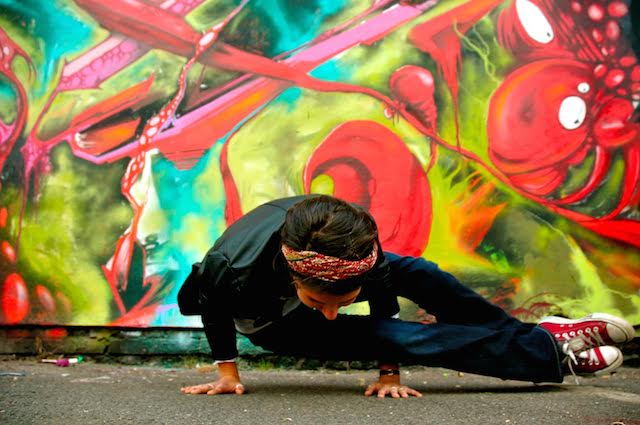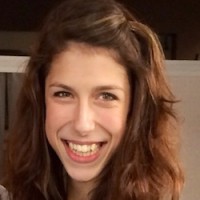We are all lost, and most of us too stubborn to ask for directions.
Living in Europe a few years ago, I resolved to explore my practice by visiting a studio in every new city I visited. Without the tech comfort of wifi and GPS, I would draw myself maps in a ruby red Moleskine pocket notebook. By the end of three months the tattered book held secret pathways through Belgian back roads and routes along the Champs Élysées, all leading to my international home base: the yoga mat.
No matter the unknown country or wrong turns along the way, arriving at my yoga practice felt like “x marks the spot.”
But that’s really where the journey just begins.
On the mat we literally take the trip of a lifetime, or lifeline, often moving from child’s pose through warriors into Savasana, “corpse pose.” Along the way we navigate a physical journey from warming large muscles (getting the lay of the land) to tiny, intricate tendons (adding detail to our map); in the first up-dog your trapezius wakes up and in a later dancer’s pose you’ll feel it intimately connect to your shoulder.
Beyond the physical asana, a yoga practice explores emotional topography too. The highs and lows of various poses can be hill climbs, tear-inducing peaks and blissful downhill rides. In Balasana: comfort, in Virabhadrasana II: empowerment, in Ustrasana: fear or exhalation, in Savasana…
Both physical and emotional journeys are vital for your body and brain development.
Like a cartographer, your brain builds neural pathways into a map that will tell your body how to behave. These different “body maps” are housed in different brain regions because they have different functions. The “motor map” and “sensory map,” separate in the physical brain, combine as you launch into Dakasana to keep you balanced.
The whole purpose of this mapping—emotion or physical, on the mat or off—is proprioception, a neuroscientific term for how you perceive yourself in your environment.
One of my teachers would coach the class: “yoga is just making shapes in space.” Sometimes this body awareness is simply felt, a sensation scientifically known as “body schema.” And sometimes it is the more controversial version: “body image,” constructed by memory and learned assumptions. It’s the difference between navigating by instinct or by gps.
As we triangulate, fold, weave and twist, the studio offers a world to be explored and the practice becomes our map. To me, the beauty of yoga is it’s simultaneous transience and permanence. In any country and any language, the practice is the same; it has the stability of bedrock. At the same time, our breath and bodies constantly change, so each practice is as fluid as the tides.
Three days in Belgium took me to a top floor banquet hall where a batik-clad yogi from Mauritius led class simultaneously in English, French and Dutch. But Trikonasana doesn’t need translation. No matter what winding back-ways I wandered to find the quirky space; no matter what emotional crossroads the tri-lingual instruction passed me through, the practice would always guide me home.
I recently rediscovered that ruby red Moleskine pocket notebook. Its penned pathways reminded me: we are all lost. But yoga taught me to embrace exploration.
In yoga we map out our bodies, navigating intuitively or by the books. We traverse an all-terrain emotional landscape and build body maps that stay relevant beyond the four corners of a mat.
Maybe somewhere in between the flat plains of Chaturanga and the peak of down dog you get your bearing, guided by breath. Or maybe you realise being lost is better. Because in those imperfect wanderings the real mapping takes place.
You’re free to explore, knowing the practice will always be there as a guide back home. X marks the spot.
Love elephant and want to go steady?
Sign up for our (curated) daily and weekly newsletters!
Editor: Catherine Monkman
Photo: Author’s Own



Read 0 comments and reply